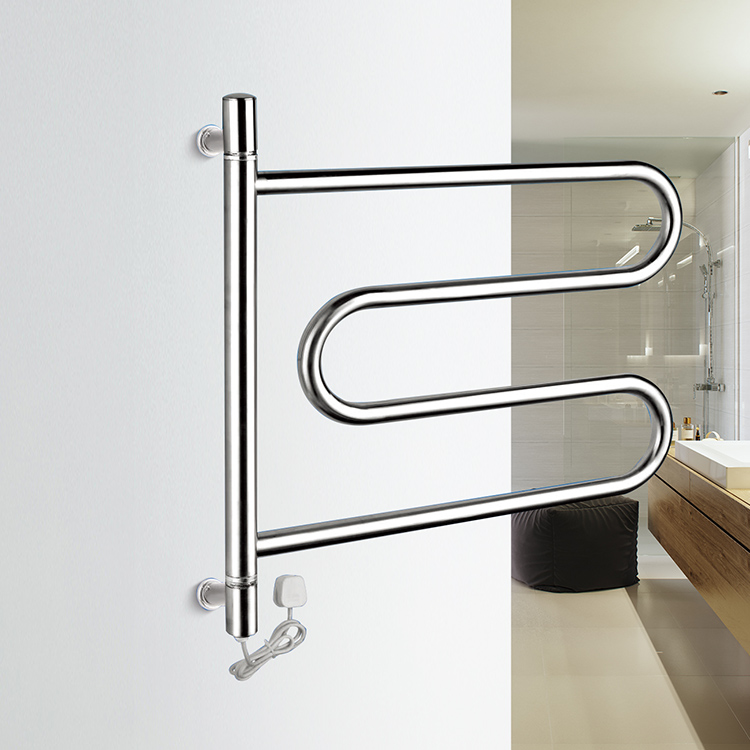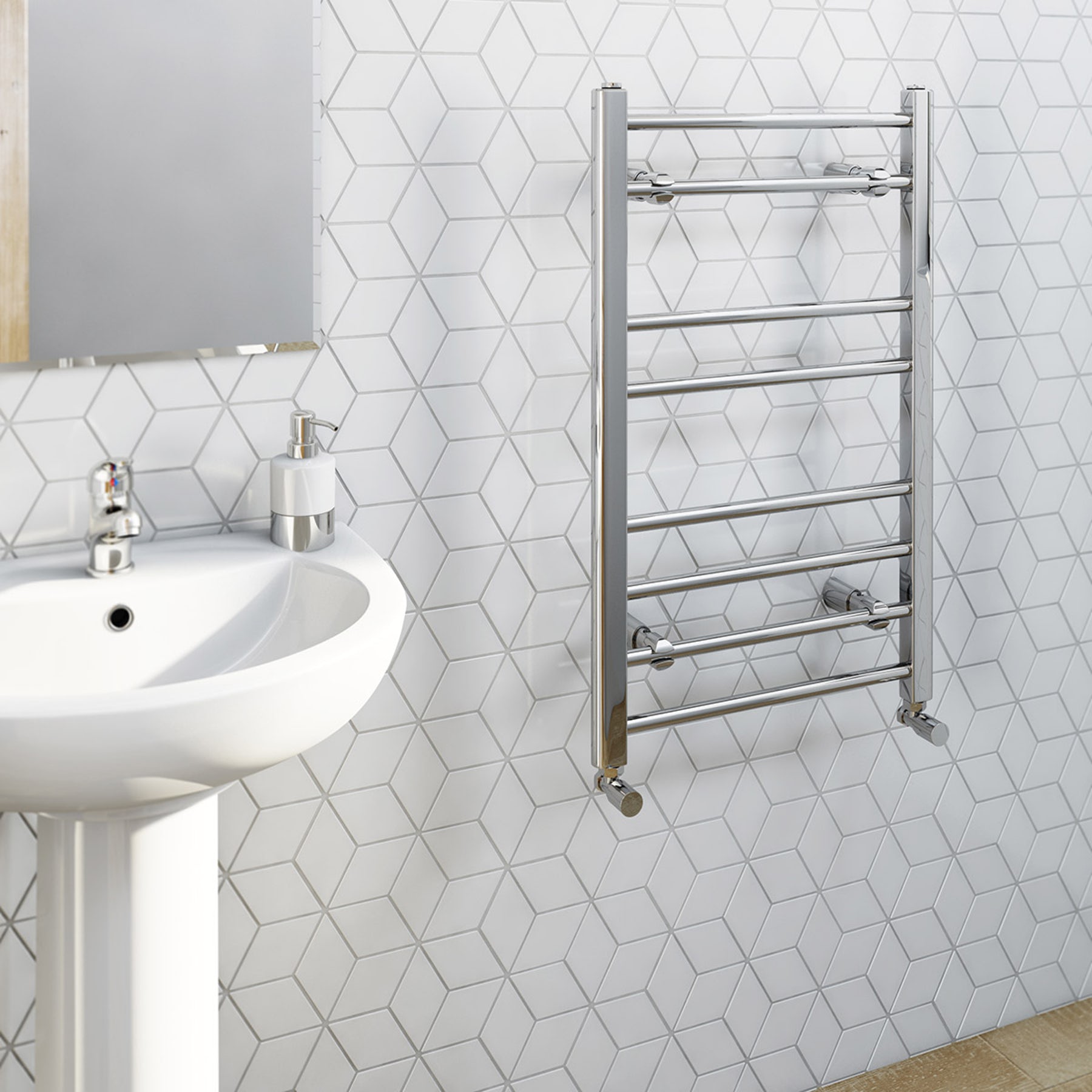One of 7 West Road, Xinwu Village Industrial
Zone, Xin'an, Danzao Town, Nanhai District,
Foshan, Guangdong, China
TEL: 0086-757-8660 7313Towel warmers are a luxurious addition to any bathroom. They gently warm towels to dry off with after a shower and help dry towels more quickly than just hanging them. Towel warmers can also be used to dry wet bathing suits, pool towels and clothing, or to warm baby blankets and clothes.
There are two main types of towel warmers that offer significantly different installation requirements. The first consideration when purchasing a towel warmer is to determine which type you want.
Types
Towel warmers are typically heated by a flow of water, called hydronic, or by electricity. Electric towel warmers are available in hardwire and plug in models and may be filled with oil or electric filaments.

Hydronic towel warmers are more complicated to install because they require plumbing and electricity. Many hydronic towel warmers also attach to the home’s heating system and use a pump to recirculate hot water. This type may only work when the home’s heating system is turned on, so additional plumbing and power may need to be installed for the unit to operate independently.

Electric towel warmers can be self-contained units that use a heating element to heat oil, which is then circulated through the tubes. These can take longer to heat up than hydronic warmers, but do not require plumbing to be installed. Electric towel warmers may also use an electrical element to provide heat instead of circulating fluids. Electric towel warmers can be wall mounted and can either be hardwired or plug-in to a standard outlet.
When selecting between electric towel warmers and hydronic towel warmers, your choice may be determined by the heating and plumbing system in your home. Electric towel warmers are self-contained and easy to install and can either be hardwired or plugged in to a standard outlet. Hydronic towel warmers attach to the home’s heating system, so they can be more complicated to install. If your home does not have the capabilities to connect a towel warmer to the heating system, you will want to stick with an electric one.
Placement
Towel warmers come in many shapes, sizes and colors. After determining which type you want, decide where you will install it. This will help you determine what size to get. Some towel warmers are wall mounted, others are freestanding. This will also have an impact on the degree of installation difficulty.
Style
Towel warmers come in many different shapes and styles, ranging from closely-spaced bars to spiral-shaped baskets to shelves. Style will also have an impact on the size and appearance.
Temperature Control
Hydronic towel warmers circulate water that is the same temperature as the water in the home’s heating system, giving the homeowner control. The recommend temperature is between 120 and 150 degrees Fahrenheit.
Most electric towel warmers come with built-in temperature control and are designed to operate within a safe temperature range. Some manufacturers recommend leaving the warmer on 24 hours a day to avoid having to wait for the warmer to heat.
Does my towel warmer work instantly?
No, it takes time for a towel warmer to heat up and warm you towel. Some manufacturers recommend that you leave your towel warmer on 24 hours a day so it is always warm when you need it. Others will heat up fast enough that you only need to plan ahead and turn it on before you get into the bath or shower.
Safety Concerns
When properly installed and wired, towel warmers are very safe. Most have a built-in temperature range of between 120 and 150 degrees Fahrenheit so they would be warm to the touch but not hot enough to be a safety hazard.